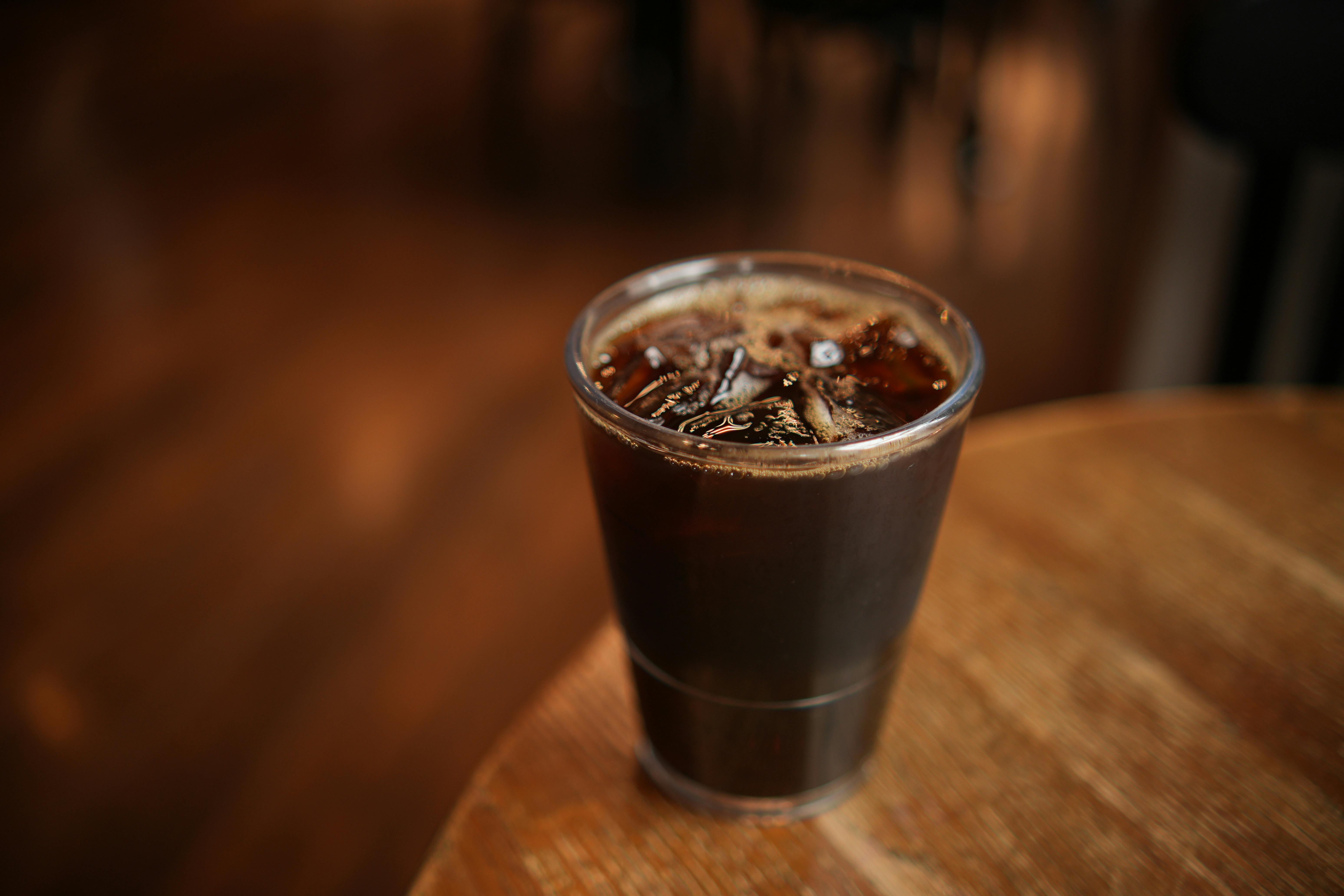Cold Brew vs. Iced Coffee: What’s the Real Difference?

When the sun comes out (or even when it doesn’t), iced coffee becomes the go-to refreshment for many. But there’s often confusion around the two most popular options: cold brew and iced coffee. They might look the same in a glass, but trust us — they couldn’t be more different.
Let’s break it down and help you order (or brew) like a pro.
Brewing Method
Cold Brew:
Brewed with cold water over a long period of time — usually 12–24 hours. Ground coffee is steeped slowly in cold or room temperature water to extract flavour without heat.
Iced Coffee:
Brewed hot, just like regular coffee, then cooled down by pouring over ice. It’s faster but can result in a more bitter taste depending on the brew method.
Taste Profile
Cold Brew:
Smooth, mellow, and often chocolatey or nutty. Lower acidity. The slow extraction brings out natural sweetness and softens any bitterness.
Iced Coffee:
Brighter, sharper flavour. More acidity. Depending on the beans and brew strength, it can taste more like your standard cup of coffee — just colder.
Caffeine Content
Cold Brew:
Tends to have more caffeine because of the long brewing process and higher coffee-to-water ratio. A serious pick-me-up.
Iced Coffee:
Usually has less caffeine per serving compared to cold brew, unless brewed particularly strong.
Ideal For
- Cold Brew: Sipping slowly, hot summer days, and coffee lovers who prefer a smoother taste with less bite.
- Iced Coffee: A quick fix, fans of bold coffee flavour, and those who don’t mind a little zing.
Pro Tip: Try Both at Bodega Café
Whether you’re team Cold Brew or team Iced Coffee, you’ll find both at Bodega Café — crafted with Old Barracks coffee, filtered water, and served ice cold. Perfect on the go, or while soaking up the (occasional) Irish sun at one of our outdoor tables.
Still not sure? Ask our baristas for a taste test.
Let me know if you'd like a post summary, meta description, title tag, or social post next!
